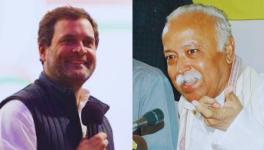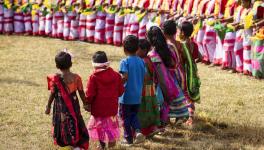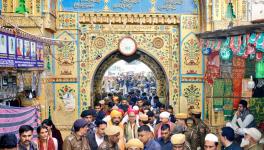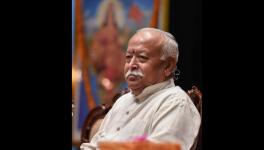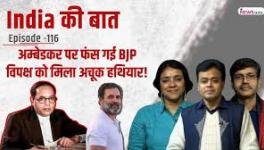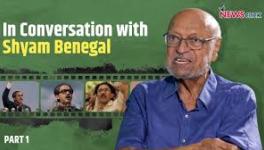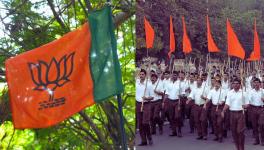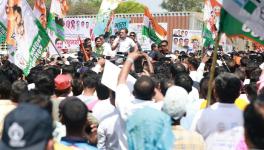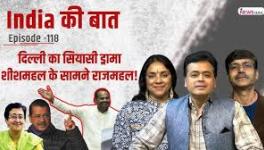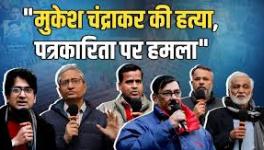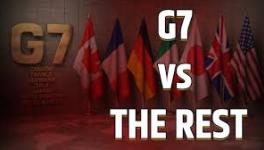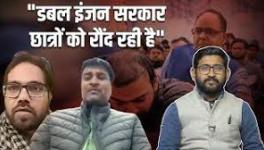When Did India Get Independence?
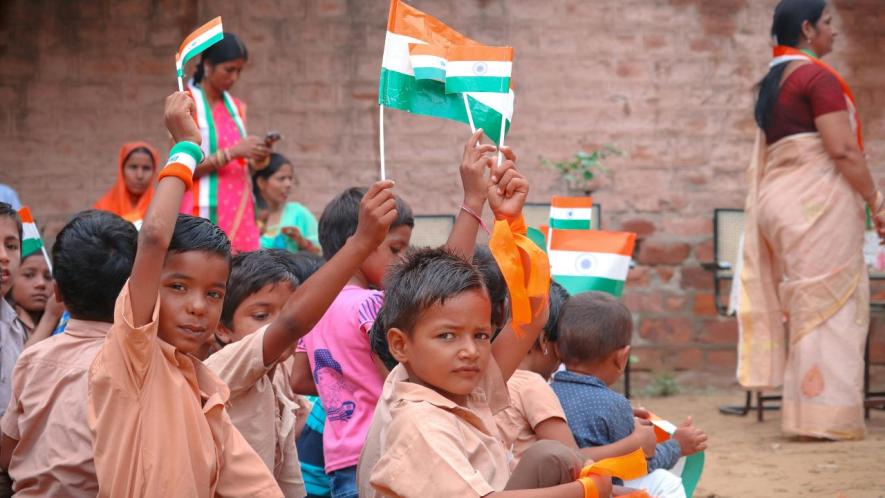
Image Courtesy: Pexels
Kangana Ranaut, Hindi film actor and Bharatiya Janata Party (BJP) Member of Parliament, was the first to spell out her understanding about India’s Independence when she stated that India became Independent in 2014; when Narendra Modi came to power. That was the first time that BJP got a majority on its own. The hint was that India was earlier a slave country; a slave of ‘foreign rulers’ or was ruled by governments that wanted to pursue the path of secular, democratic values. Ranaut meant that with Modi in power; full Hindu Nationalism would be unleashed. Not to be left behind, recently another Hindi film actor, Vikrant Massey, claimed that India got freedom in 2014, when ‘we’ got free expression of Hindu identity.
To cap it all, now a new date has been thrown up for the “real freedom” of the country by none other than Rashtriya Swayamsevak Sangh (RSS) sarsanghchalak, Mohan Bhagwat. While addressing an event in Indore, he stated that January 22, 2024 was the day when we got Independence, “the date should be celebrated as "Pratishtha Dwadashi" as the true independence of India, which had faced "parachakra" (enemy attack) for several centuries, was established on this day. The ideals and life values presented by Lord Ram, Krishna, and Shiva are included in the "self of India" and it is not at all that these are the Gods of only those people who worship them, he said.
Read Also: Bhagwat Puran of a Different Kind
Bhagwat further said that the invaders destroyed the temples of the country so that the "self" of India also perishes. Projecting the Ram Temple Pran Pratishta (life installation) as the panacea of all our social problems, he further added, "I used to ask those people that despite talking about socialism after Independence in 1947, giving slogans of 'Garibi Hatao' (eradicate poverty) and worrying about people's livelihood all the time, where did India stand in the 1980s and where have countries like Israel and Japan reached?" The RSS chief said he used to tell these people that "India's livelihood path goes through the entrance of Ram temple and they should keep this in mind."
Bhagwat's constructs are taking the story further and he wants to legitimise the criminal act of demolishing the Babri Mosque.
Overarching the diverse cultural and religious traditions, the RSS chief wants to present only Lord Rama as the sole cultural symbol of this country. Even in the broad spectrum of Hinduism, there are Lord Shiva, Lord Shrikrishna, Goddess Kali among others. Then we have the glorious traditions of Lord Mahavir, Gautam Buddha, Nanak and Kabir as the part of the great canvass, which India is.
While population genetics studies clearly show that Aryans were also migrants, before them there were other natives here. And diverse people coming here can either be seen merely as aggressors walking the path of Kingdoms. The Chola Kings ruled in Sri Lanka, or Alexander tried his best to win over India. Different dynasties and people like Shaka, Hun, Ghulams, Khalji and Mughal rulers were ‘part’ of the sub-continent.
This is seen by sectarians as an attack on ‘our’ civilisation, while those who struggled for Independence of India from the British saw it as an intermixing of historical process; leading to the foundational diversity of the country. Jawaharlal Nehru most aptly describes it as, “some ancient palimpsest on which layer upon layer of thought and reverie had been inscribed, and yet no succeeding layer had completely hidden or erased what had been written previously.”
As per the RSS chief, the aggressors wanted to demolish “our soul by demolishing our temples.” The temple destructions in medieval and late early India were purely for the sake of power and wealth. The earlier attacks and conversions of Jain and Buddha places of worship were due to reaction against Brahminism. To demonise, particularly the Muslim rulers, this formulation of temple destructions and many other myths have been propped up.
Two examples will suffice -- While Aurangzeb destroyed nearly 12 temples; he also gave donations to nearly 100 Hindu temples. The 11th century ruler of Kashmir, Raja Harshdev, appointed a special officer to uproot the idols of Gods and Goddesses, which were made of gold and silver or studded with diamonds and rubies.
Bhagwat and his ilk see the country through a narrow Brahiminical prism. It was during the colonial period that Indian boundaries emerged. It was the colonial period that was a period of slavery. The previous conquerors who ruled and settled here, became a part of our national and cultural life.
The British policy of ‘Divide and Rule’ planted the notion of earlier rulers being plunderers and temple destroyers. The previous rulers who ruled did not take away our wealth outside, while the British plunder project led to the impoverishment of India. Slavery was imposed on us by the British and the struggle against them was the freedom movement, which culminated in Independence on August 15, 1947, with our Constitution being implemented on January 26, 1950.
Those deviating from this date are the followers of nationalism under the garb of religion, who are uncomfortable with the values of ‘Liberty, Equality and Fraternity’ of the Constitution, which emerged from the freedom struggle.
Bhagwat needs to introspect why countries like Japan and Israel achieved what they did, through what path? Was it through demolishing of old holy places and building new ones in their place? He also needs to know that after the Ram Temple movement has picked up, India’s growth and unity has seen a downward trend. There is a consistent fall in the various indices related to health, nutrition, educational status with increase in poverty levels.
The massive foundations for economic, educational, scientific and industrial prosperity were laid much before the divisive politics of Ram Temple got a boost in the decades of 1980 and 1990s.
The writer is a human rights activist, who taught at IIT Bombay. The views are personal.
Get the latest reports & analysis with people's perspective on Protests, movements & deep analytical videos, discussions of the current affairs in your Telegram app. Subscribe to NewsClick's Telegram channel & get Real-Time updates on stories, as they get published on our website.









